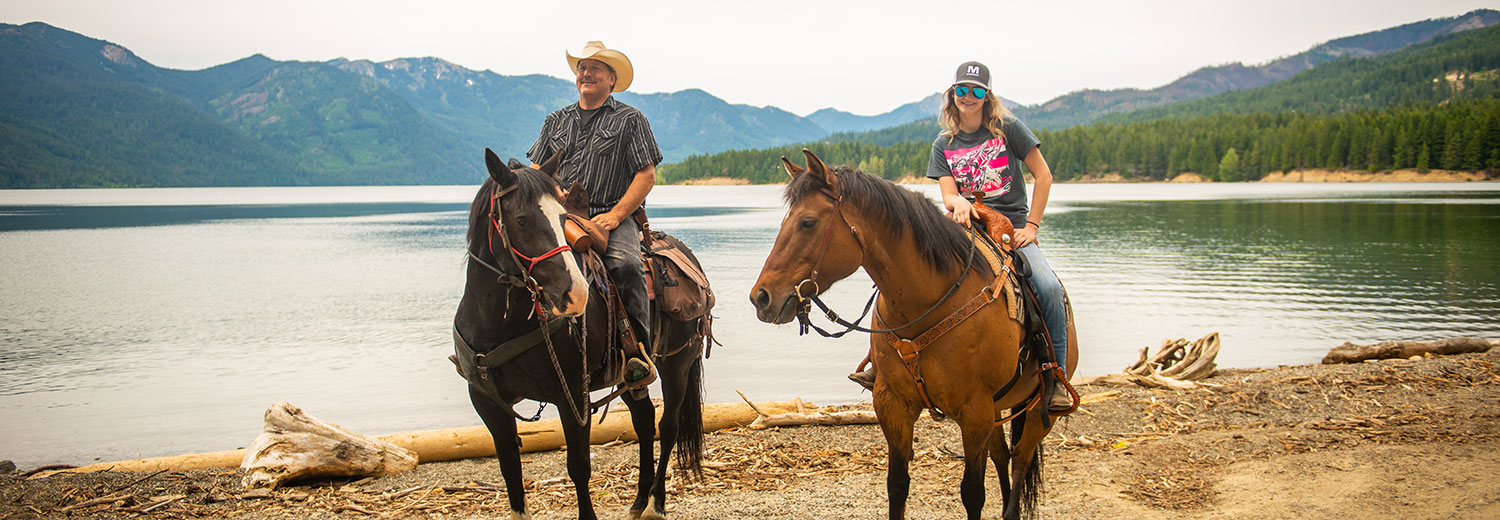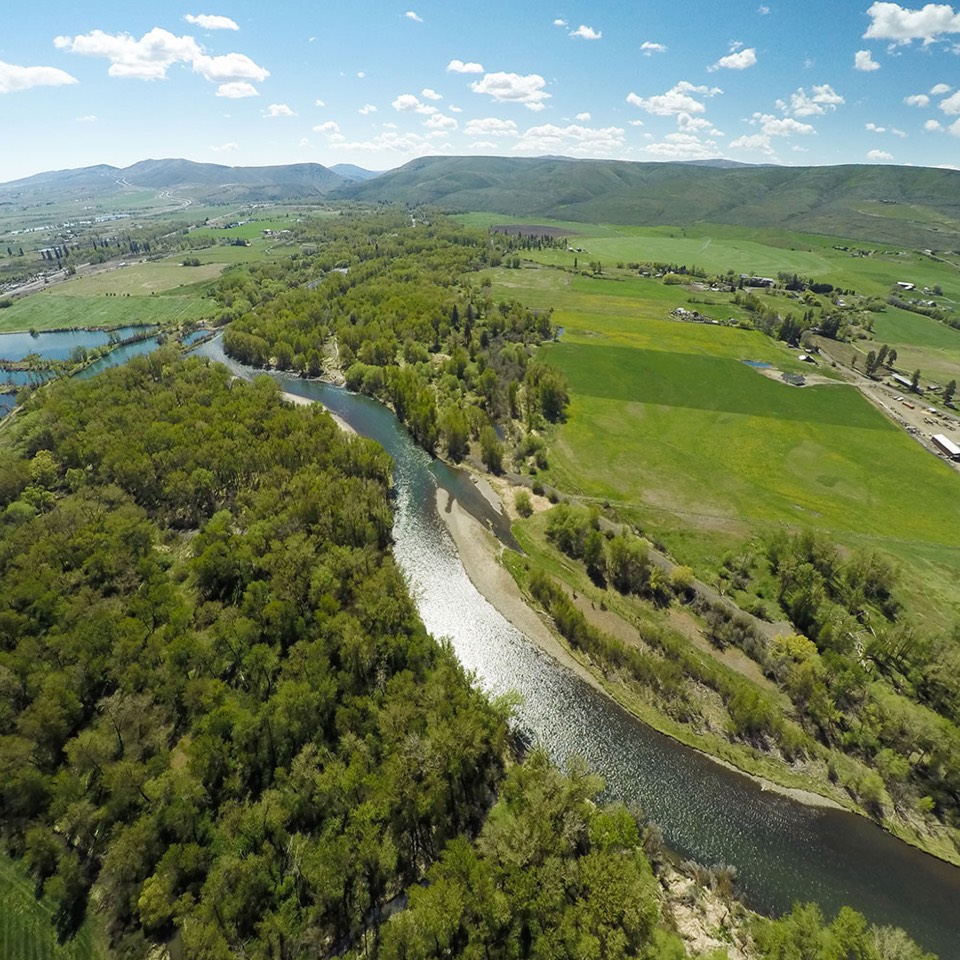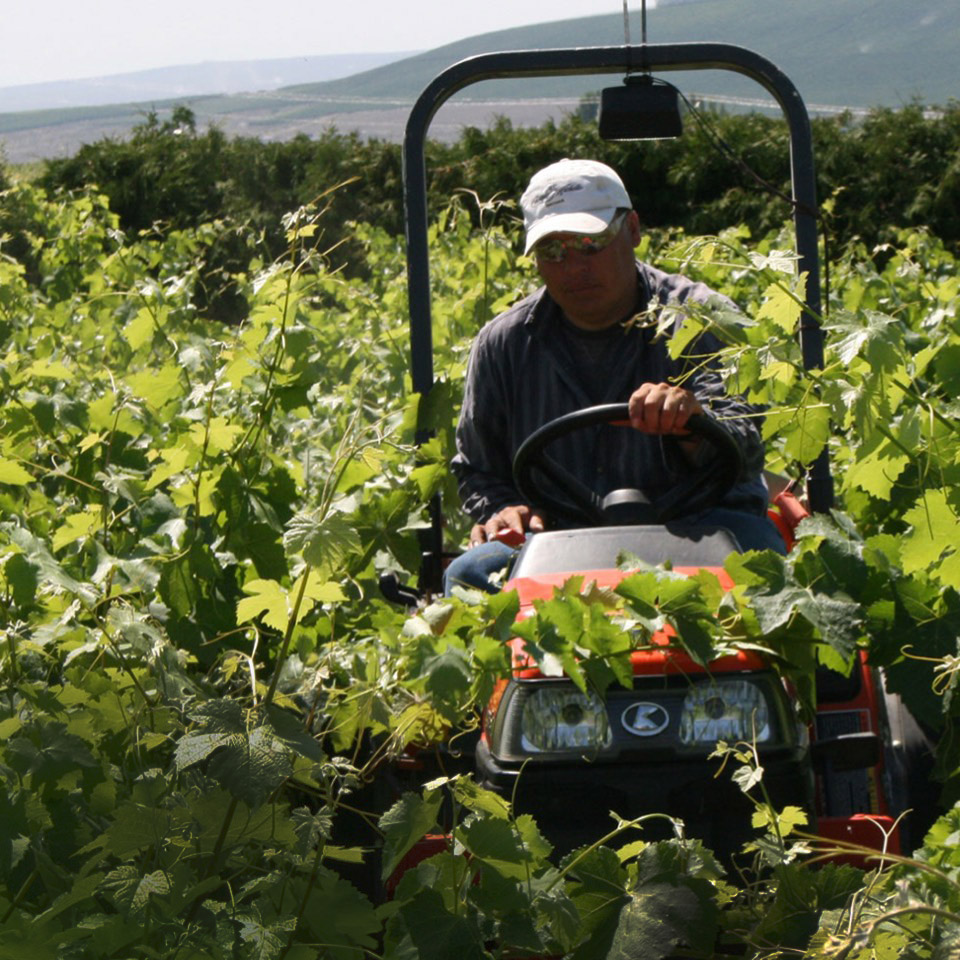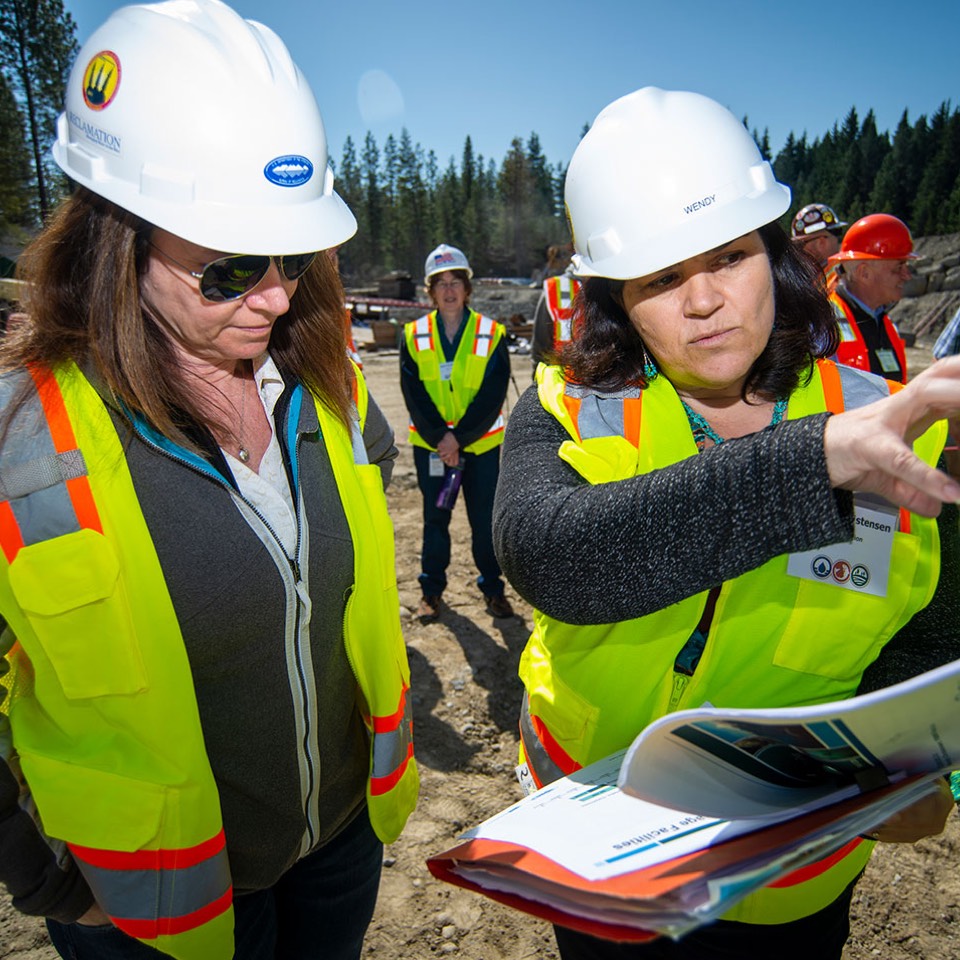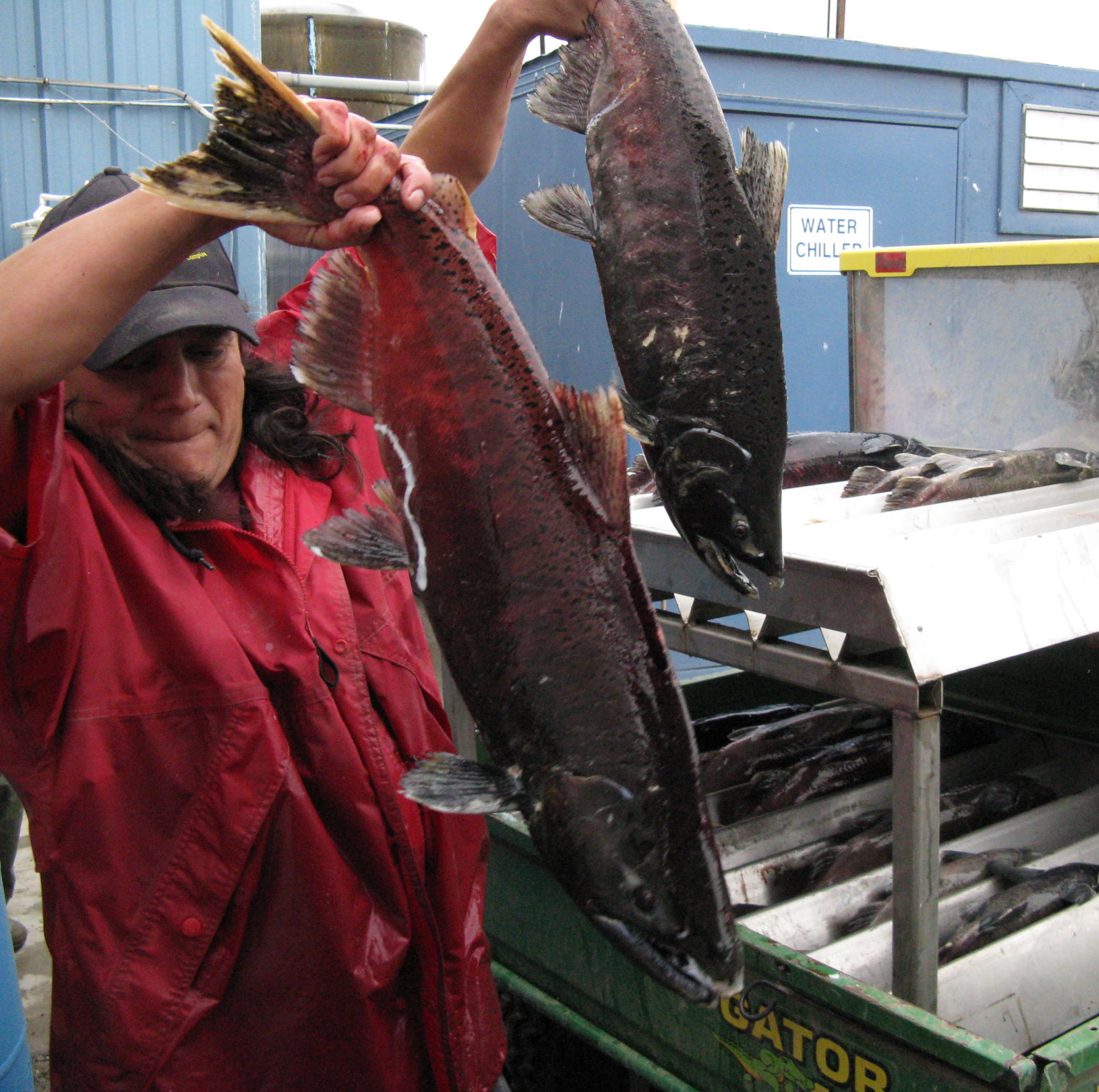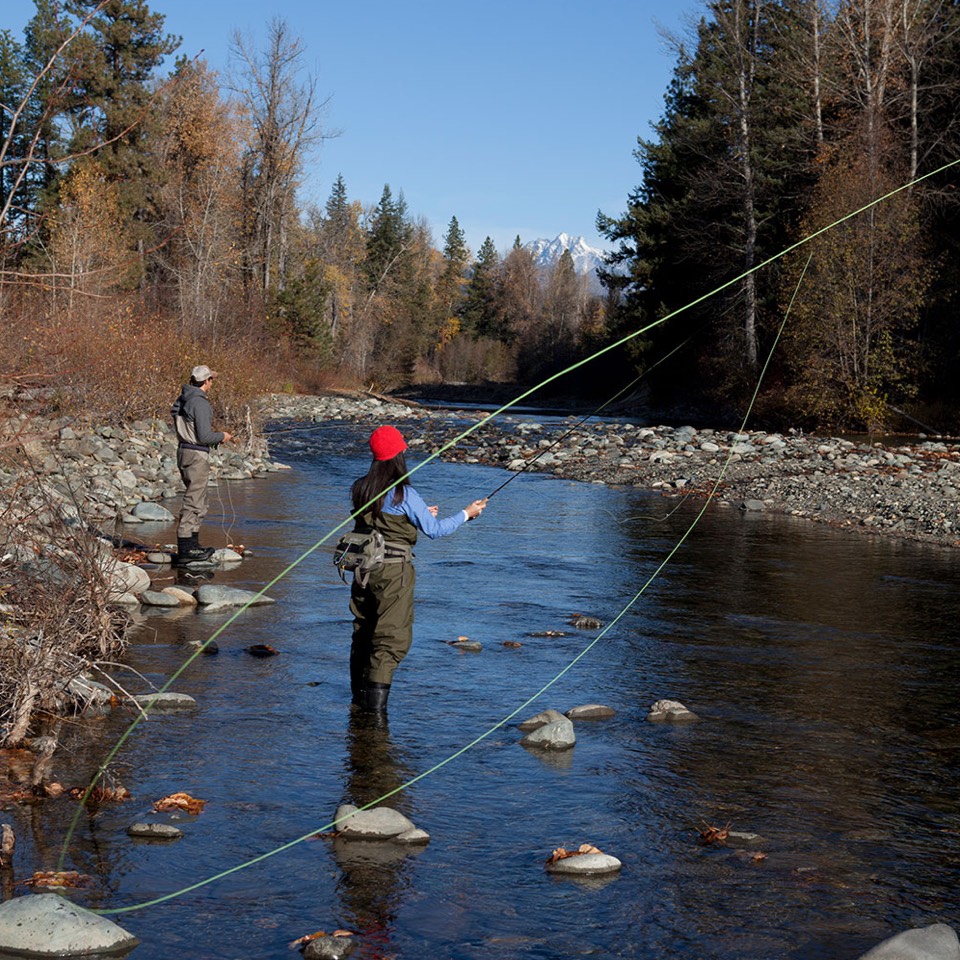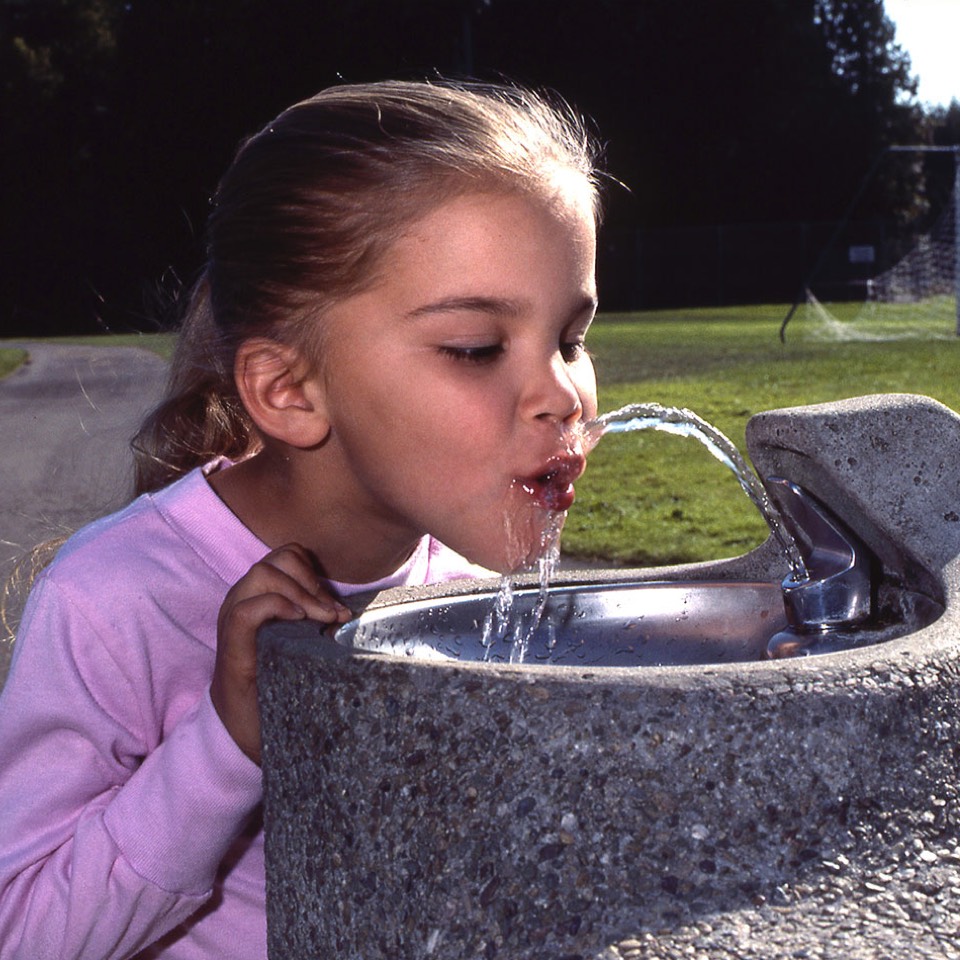Vision
Photo credit: Tom Ring
Why We Need the Yakima Basin Integrated Plan
The Yakima Basin Integrated Plan works toward a future with robust agriculture, abundant fisheries, outstanding recreation, healthy forests, and thriving communities.
In 2009, a diverse group of interests in the basin came together with a desire to build a framework for resource management that would address the community’s needs and put long-standing conflicts over water and fisheries behind them. The Yakima Basin Integrated Plan was born: a common-sense, pragmatic approach.
The Integrated Plan covers thirty years, divided into three ten-year implementation phases. Work on the Initial Development Phase is now underway.
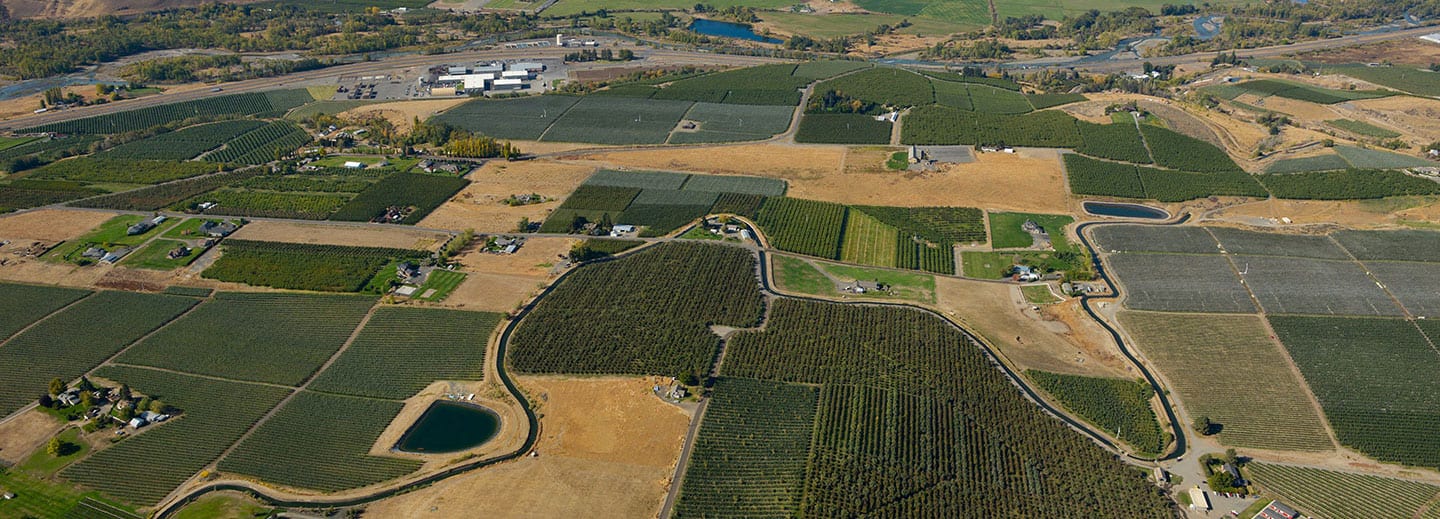
What is at Stake?
The Yakima River Basin covers over 6,000 square miles and is home to over 370,000 residents, including 11,000 members of the Yakama Nation. It is also one of the top agricultural producing regions in the state, yielding up to $4.5 billion from crops, and supports a robust outdoor recreation economy that contributes $1.2 billion annually, providing over 14,000 jobs.
The Integrated Plan moves beyond long-standing conflicts over water and fisheries and is taking pragmatic, collaborative steps to address the looming problems of climate change, especially loss of snowpack and earlier spring runoff.
Families, fish and wildlife, businesses, and agriculture all depend on cool, clean, reliable water supplies in the Yakima River Basin to thrive and prosper.
Our Goals
The Yakima Basin Integrated Plan offers a thirty-year approach to meeting the basin’s water needs – now and in the future. Goals for the Integrated Plan are:
- Provide opportunities for comprehensive watershed protection, ecological restoration, and enhancement addressing instream flows, aquatic habitat, and fish passage;
- Improve water supply reliability during drought years for agricultural and municipal needs;
- Develop a comprehensive approach for efficient management of water supplies for irrigated agriculture, municipal and domestic uses, and power generation;
- Improve the ability of water managers to respond and adapt to potential effects of climate change; and
- Contribute to the vitality of the regional economy and sustain the riverine environment.
